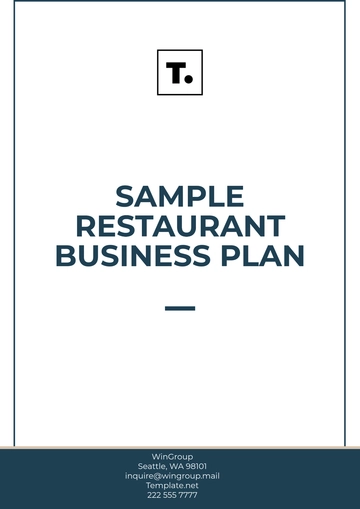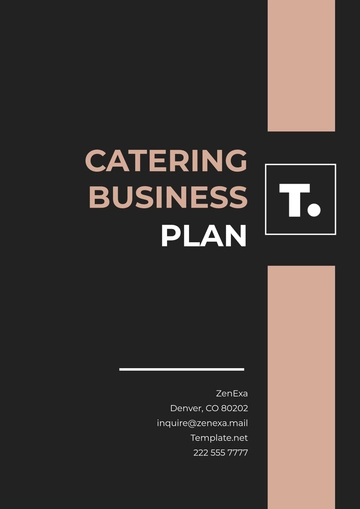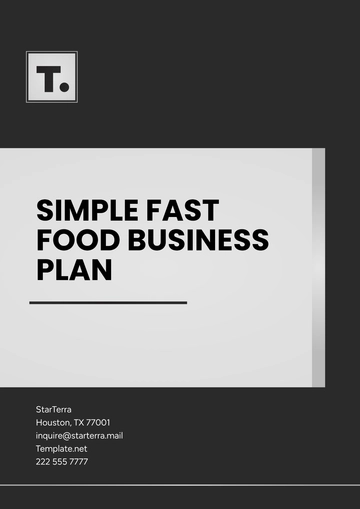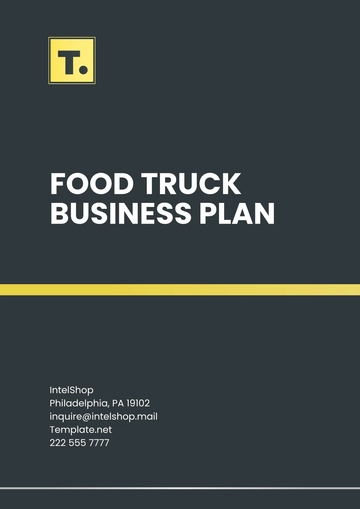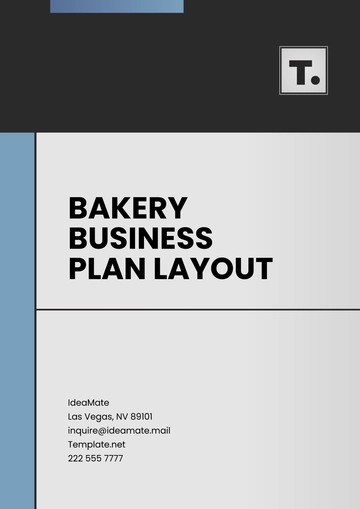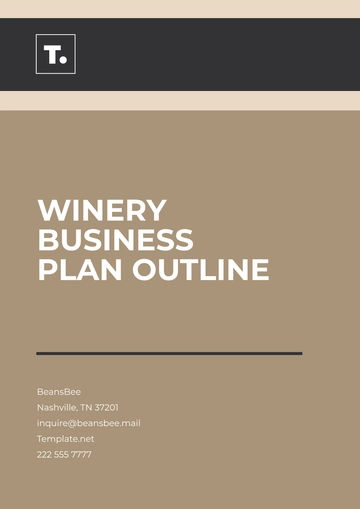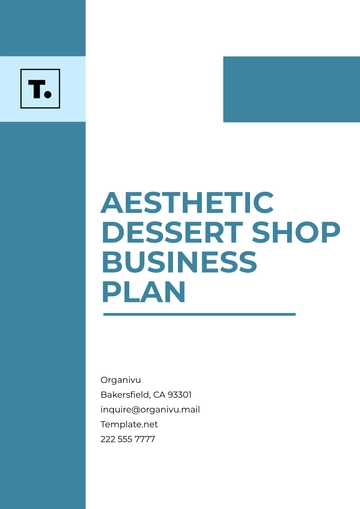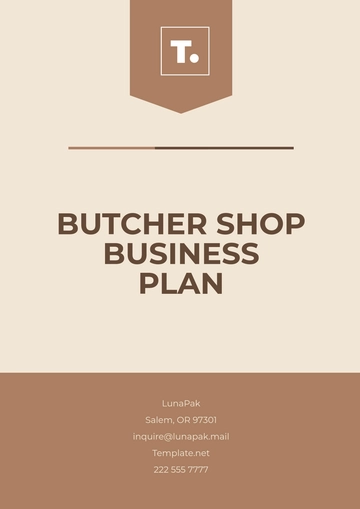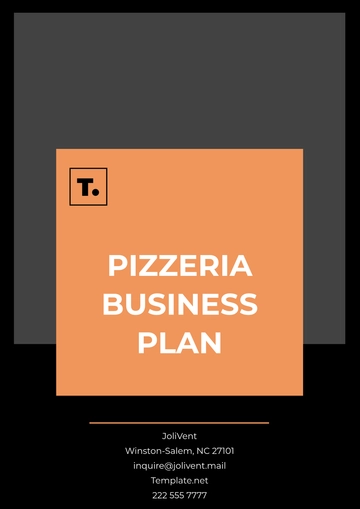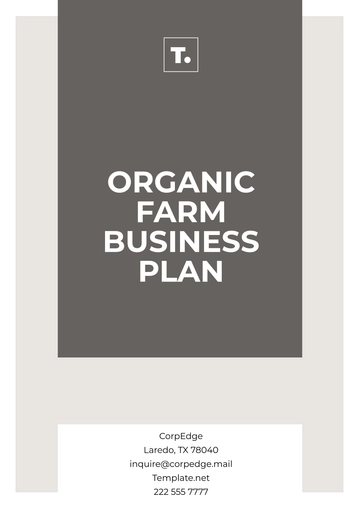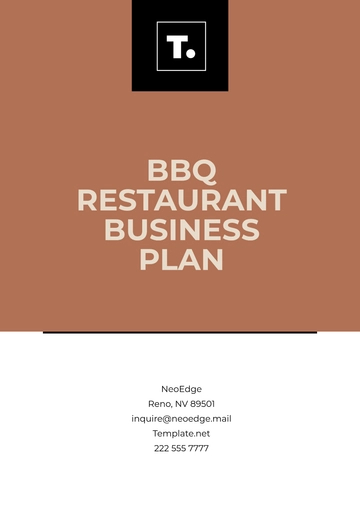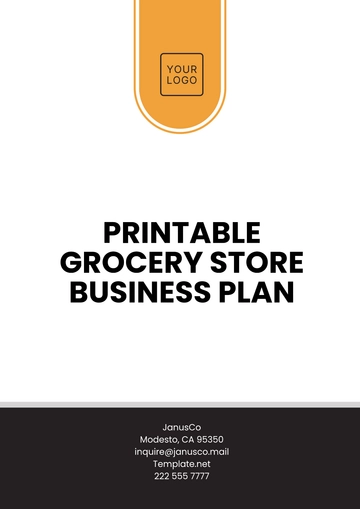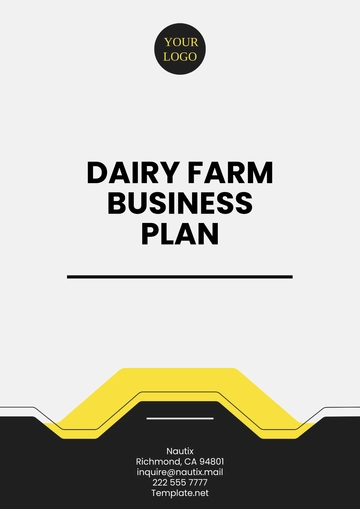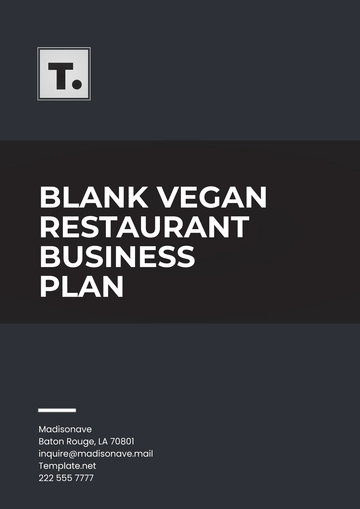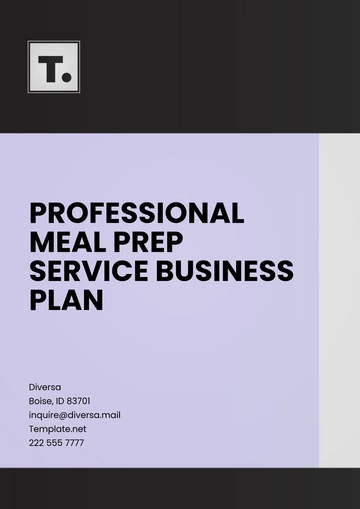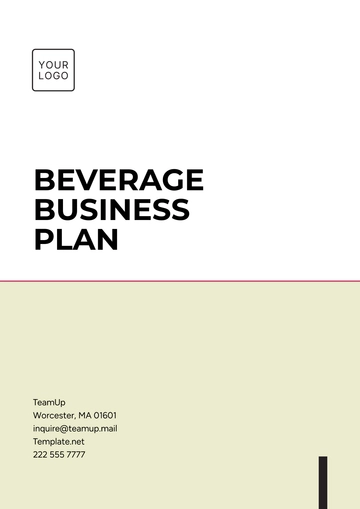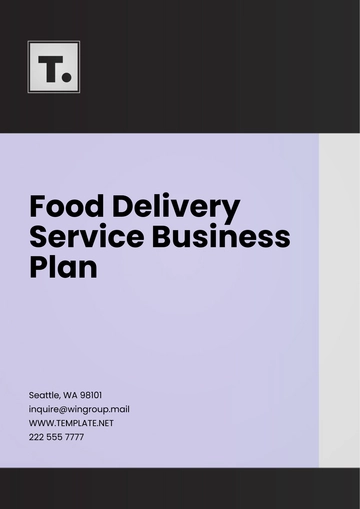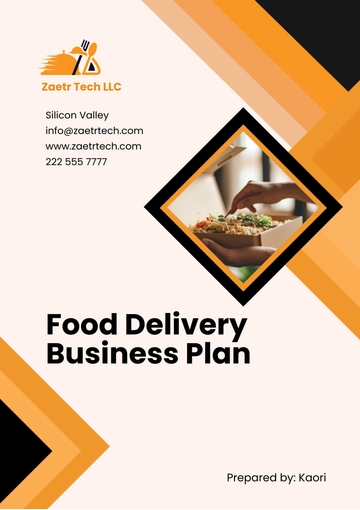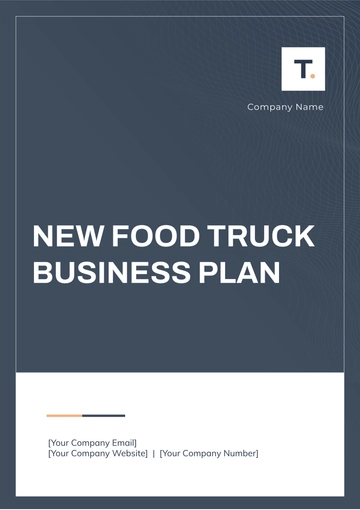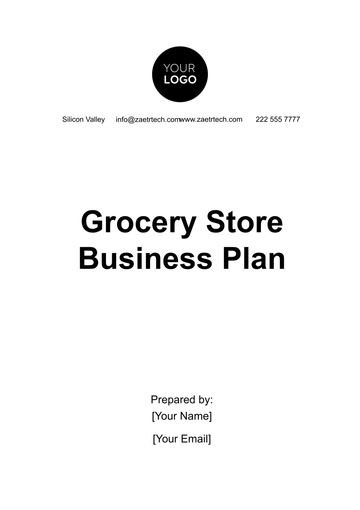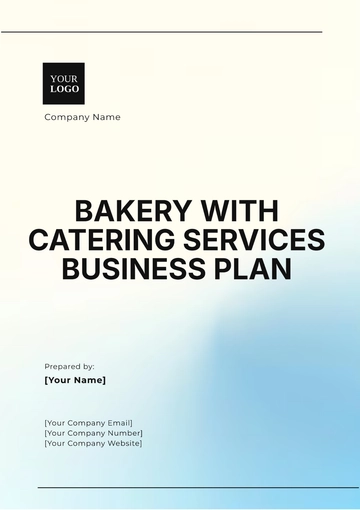Free Confectionery Business Plan Format
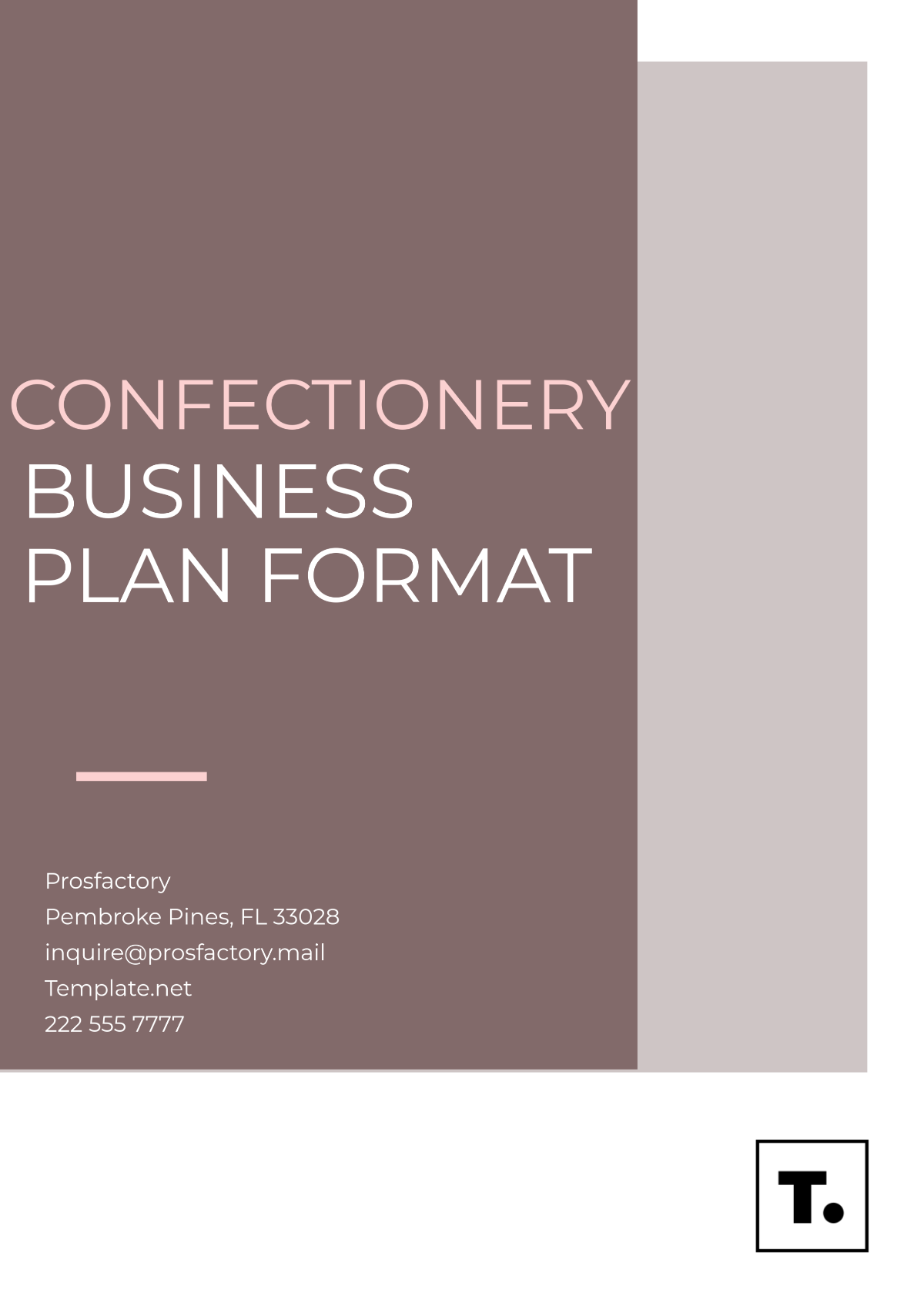
Prepared by: [Your Name]
Company: [Your Company Name]
Date: [Insert Date]
I. Executive Summary
A. Business Overview
[Your Company Name] aims to establish itself as a premium provider of handcrafted confectionery, specializing in chocolates, candies, and baked goods. Our goal is to combine traditional recipes with modern flavors to create delightful treats for all age groups.
B. Mission Statement
To bring joy to our customers by delivering high-quality, innovative, and delicious confectionery products, while maintaining sustainable and ethical practices.
C. Market Opportunity
The global confectionery market is growing at an annual rate of 3.5%. With the increasing demand for premium and artisanal sweets, [Your Company Name] is uniquely positioned to capture this growing segment in [insert location].
D. Financial Highlights
Initial Investment: $100,000
Projected First-Year Revenue: $200,000
Break-Even Point: Month 10
II. Business Description
A. Legal Structure
[Your Company Name] will operate as a Limited Liability Company (LLC), ensuring flexibility and legal protection.
B. Products and Services
Chocolates: Assorted truffles, pralines, and chocolate bars.
Candies: Hard candies, caramels, and gummies.
Baked Goods: Cookies, brownies, and custom celebration cakes.
Custom Orders: Personalized confectionery for events and corporate gifts.
C. Unique Selling Proposition (USP)
Handcrafted with locally sourced, organic ingredients.
Customizable products tailored to customer preferences.
Eco-friendly packaging.
III. Market Analysis
A. Target Market
Primary Market: Millennials and Gen Z seeking artisanal, high-quality treats.
Secondary Market: Corporations and event organizers for custom gifts and catering.
B. Competitor Analysis
Competitors: [List 2-3 competitors, e.g., “ABC Sweets Co.” and “ChocoHeaven”].
[Your Company Name] Differentiation: Premium ingredients, unique flavor profiles, and personalized offerings.
C. Market Trends
Rising demand for vegan and sugar-free options.
Growth in e-commerce sales of confectionery products.
Consumers' preference for eco-friendly brands.
IV. Marketing and Sales Strategy
A. Branding and Positioning
Tagline: “Sweet Moments, Every Day.”
Positioning as a luxury yet accessible confectionery brand.
B. Sales Channels
Physical Store: Located in a high-traffic area in Sweetville.
E-Commerce: Online store for nationwide delivery.
Partnerships: Collaborations with cafes, restaurants, and gift shops.
C. Marketing Strategies
Social Media: Instagram and Facebook campaigns showcasing product aesthetics and customer stories.
Local Events: Sponsorships at community events and farmers’ markets.
Email Marketing: Monthly newsletters with promotions and new product launches.
V. Operational Plan
A. Production Process
Daily production using high-quality equipment in a licensed commercial kitchen.
Rigorous quality control checks at every stage.
B. Suppliers
Local farmers and fair-trade suppliers for key ingredients.
C. Staffing
Head Confectioner: 1
Assistant Confectioners: 2
Customer Service and Sales: 2
Delivery Personnel: 1
VI. Financial Plan
A. Startup Costs
Equipment: $30,000
Initial Inventory: $20,000
Rent and Utilities: $15,000
Marketing: $10,000
Working Capital: $25,000
B. Revenue Projections
Year 1: $200,000
Year 2: $300,000
Year 3: $400,000
C. Profit Margin
Average Gross Margin: 60%
Net Profit Target: 20% of annual revenue.
D. Funding Requirements
[Your Company Name] seeks an initial investment of $100,000, which will cover startup costs and the first three months of operations.
VII. Conclusion
[Your Company Name] is set to redefine the confectionery experience in [insert location]. With our focus on quality, innovation, and customer satisfaction, we aim to become a trusted and beloved brand. By combining a strong marketing strategy with a solid financial plan, [Your Company Name] is positioned for sustainable growth and profitability.
- 100% Customizable, free editor
- Access 1 Million+ Templates, photo’s & graphics
- Download or share as a template
- Click and replace photos, graphics, text, backgrounds
- Resize, crop, AI write & more
- Access advanced editor
You may also like
- One Page Business Plan
- Coffee Shop Business Plan
- Restaurant Business Plan
- Food Business Plan
- Real Estate Business Plan
- Executive Summary Business Plan
- Cover Page Business Plan
- Nonprofit Business Plan
- Daycare Business Plan
- Construction Business Plan
- Startup Business Plan
- Medical Business Plan
- Bakery Business Plan
- Service Plan
- Hotel Business Plan
- Catering Business Plan
- School Business Plan
- Healthcare Business Plan
- Transportation Plan
- Sports Plan
- Car Wash Business Plan
- Salon Business Plan
- Clothing Business Plan
- Farming Business Plan
- Boutique Plan


